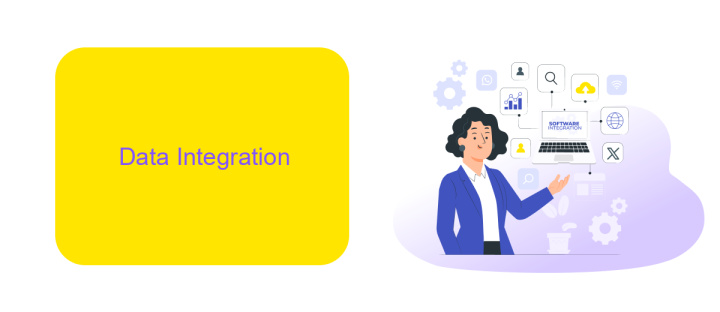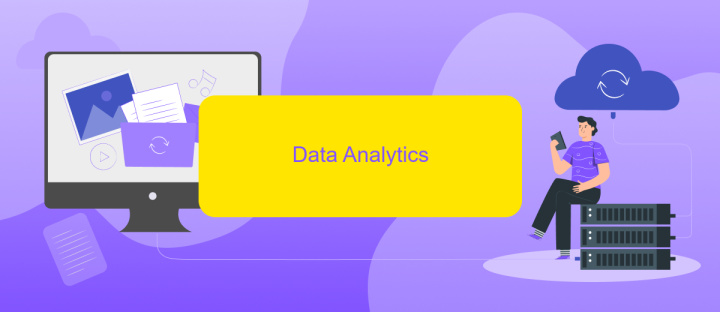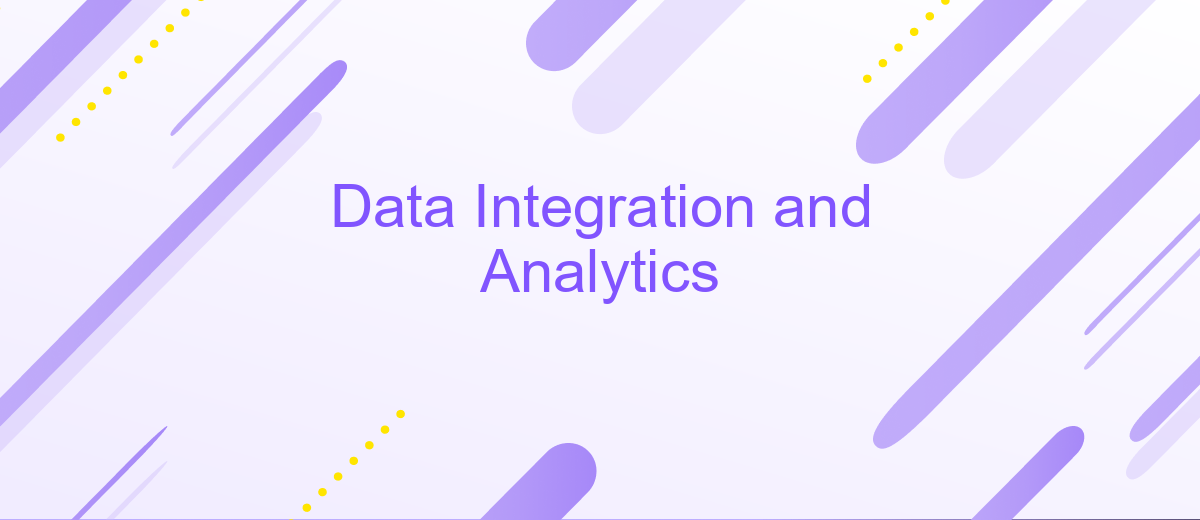Data Integration and Analytics
In today's data-driven world, effective data integration and analytics are crucial for organizations seeking to gain actionable insights and maintain a competitive edge. By seamlessly merging data from various sources and applying advanced analytical techniques, businesses can uncover hidden patterns, optimize operations, and make informed decisions. This article explores the key principles, challenges, and benefits of data integration and analytics in modern enterprises.
Introduction
Data integration and analytics have become fundamental components in the modern data-driven business environment. By seamlessly combining data from various sources, organizations can gain comprehensive insights that drive strategic decisions and operational efficiencies. The process involves the extraction, transformation, and loading (ETL) of data, ensuring that disparate data sources are unified into a cohesive system.
- Improved decision-making through comprehensive data analysis
- Enhanced data quality and consistency
- Streamlined operations and reduced redundancy
- Increased agility and responsiveness to market changes
One of the critical tools for achieving effective data integration is ApiX-Drive, a service that simplifies the integration process across various platforms. With ApiX-Drive, businesses can automate data workflows without extensive coding, ensuring that data from different applications is synchronized and readily available for analysis. This enables organizations to focus on deriving actionable insights rather than getting bogged down by the complexities of data integration.
Data Integration

Data integration is a critical process in modern data management, enabling the consolidation of data from various sources into a unified view. This process ensures that disparate data systems can communicate effectively, making it easier to analyze and derive meaningful insights. Effective data integration involves the use of ETL (Extract, Transform, Load) tools, middleware, and APIs to seamlessly combine data from different formats and platforms. By integrating data, organizations can enhance data accuracy, improve decision-making, and streamline operations.
One of the key tools in facilitating data integration is ApiX-Drive, a service that simplifies the connection between various applications and data sources. ApiX-Drive allows users to automate data transfers without the need for extensive coding, making it accessible for businesses of all sizes. With its user-friendly interface and robust functionality, ApiX-Drive can connect CRM systems, email marketing platforms, and other business tools, ensuring that data flows smoothly and consistently across the organization. This not only saves time but also reduces the risk of errors, enhancing overall data quality and reliability.
Data Analytics

Data analytics is the process of examining data sets to draw conclusions about the information they contain. This is done with the help of specialized systems and software. These technologies are essential in today's business environment as they provide insights that drive decision-making and strategic planning.
- Data Collection: Gathering raw data from various sources.
- Data Cleaning: Removing inaccuracies and inconsistencies.
- Data Analysis: Applying statistical and analytical methods.
- Data Visualization: Presenting findings in an understandable format.
Effective data analytics requires integrating multiple data sources and tools. Services like ApiX-Drive simplify this process by automating data transfers between applications, ensuring seamless integration. By leveraging such platforms, businesses can focus more on analyzing data rather than managing it, thus enhancing their overall efficiency and productivity.
Benefits and Use Cases

Data integration and analytics offer significant advantages for businesses, enabling them to consolidate information from various sources and derive actionable insights. By unifying data, organizations can enhance decision-making processes, improve operational efficiency, and drive innovation.
One of the primary benefits of data integration is the ability to create a single source of truth. This ensures consistency and accuracy in reporting, which is crucial for strategic planning. Additionally, integrated data systems can reduce redundancy and streamline workflows, saving both time and resources.
- Enhanced decision-making through comprehensive data analysis
- Improved operational efficiency by eliminating data silos
- Cost savings from reduced redundancy and optimized processes
- Better customer insights and personalized experiences
Use cases for data integration and analytics span various industries. For instance, in retail, businesses can analyze customer behavior to optimize inventory and marketing strategies. In healthcare, integrated data can improve patient care by providing a holistic view of medical histories. Tools like ApiX-Drive facilitate seamless integration, making it easier for organizations to connect disparate systems and harness the full potential of their data.
Challenges and Best Practices
Data integration and analytics present several challenges, including data silos, inconsistent data formats, and real-time data processing. Data silos occur when data is isolated in different systems, making it difficult to obtain a unified view. Inconsistent data formats can lead to errors and inefficiencies in data analysis. Additionally, real-time data processing requires robust infrastructure and can be resource-intensive.
To address these challenges, organizations should adopt best practices such as implementing automated data integration tools like ApiX-Drive, which streamline the process of connecting different data sources. Ensuring data quality through regular audits and validation checks is crucial. Leveraging scalable cloud-based solutions can enhance real-time data processing capabilities. Furthermore, fostering a culture of collaboration between IT and business teams helps in aligning data integration efforts with organizational goals.
FAQ
What is data integration and why is it important?
What are the common challenges in data integration?
How can I automate data integration processes?
What is the role of analytics in data integration?
How can I ensure the quality of integrated data?
Do you want to achieve your goals in business, career and life faster and better? Do it with ApiX-Drive – a tool that will remove a significant part of the routine from workflows and free up additional time to achieve your goals. Test the capabilities of Apix-Drive for free – see for yourself the effectiveness of the tool.

